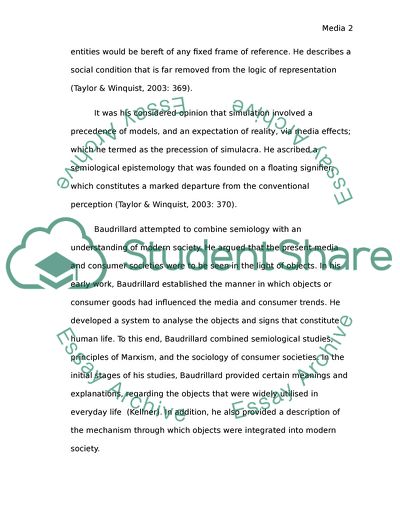Cite this document
(“Media Images And The Social Construction Of Reality Essay”, n.d.)
Media Images And The Social Construction Of Reality Essay. Retrieved from https://studentshare.org/media/1731393-media
Media Images And The Social Construction Of Reality Essay. Retrieved from https://studentshare.org/media/1731393-media
(Media Images And The Social Construction Of Reality Essay)
Media Images And The Social Construction Of Reality Essay. https://studentshare.org/media/1731393-media.
Media Images And The Social Construction Of Reality Essay. https://studentshare.org/media/1731393-media.
“Media Images And The Social Construction Of Reality Essay”, n.d. https://studentshare.org/media/1731393-media.


